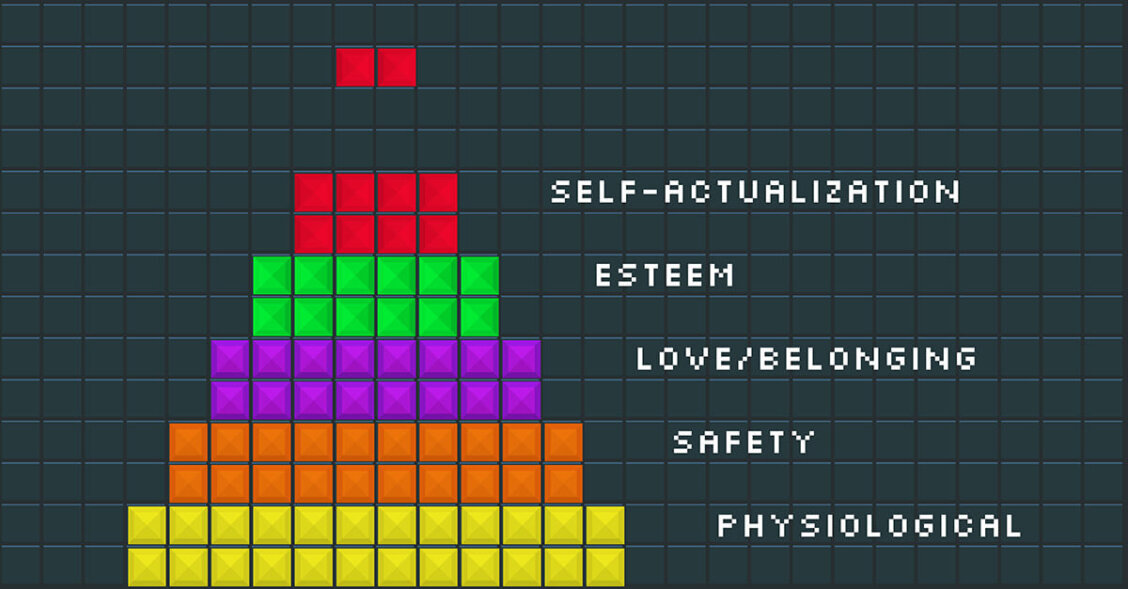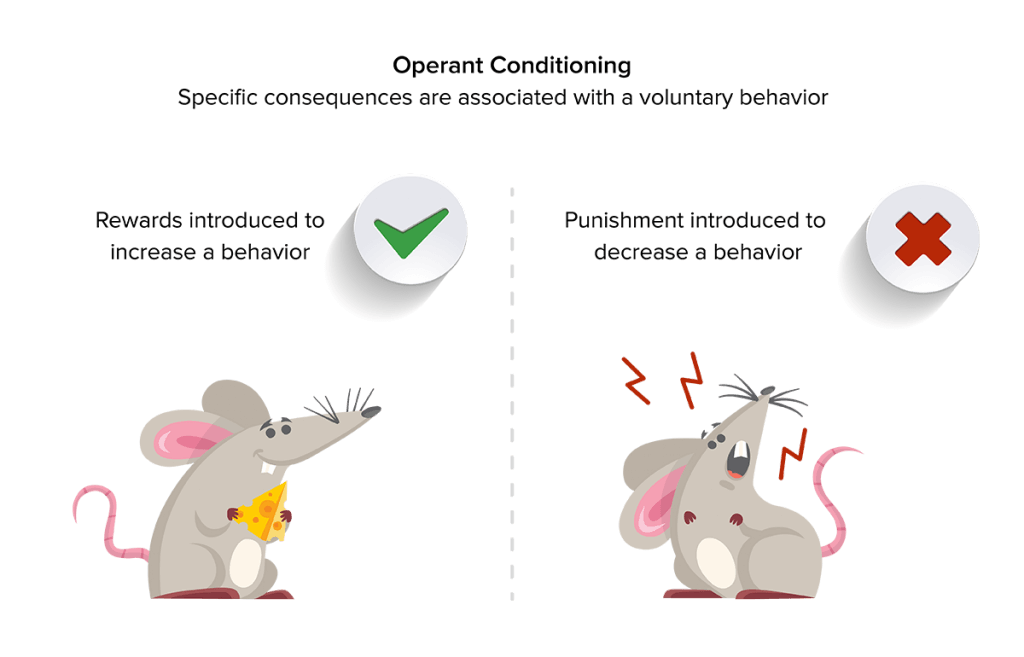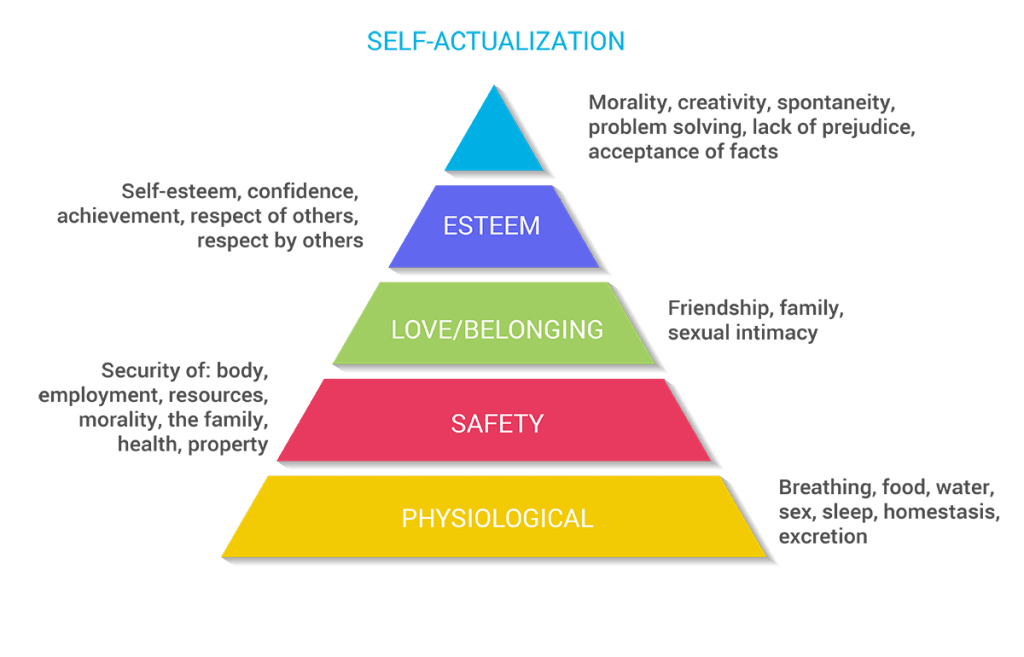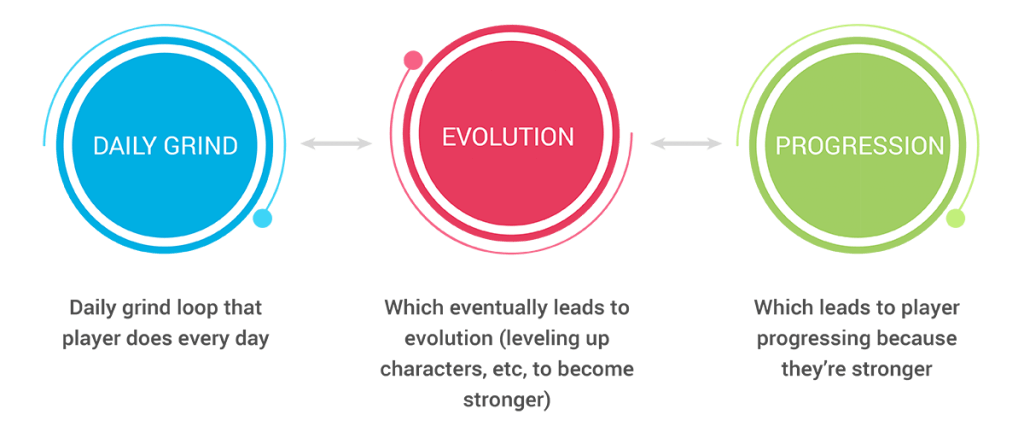
Leveraging Player Motivation Models to Increase App Engagement – Part 3
Paula Neves is a Product Manager at Square Enix and describes herself as a gamer turned psychologist turned marketer working in mobile free-to-play games. Prior to joining Square Enix based in Montreal, Paula was the Chief Mobile Officer at Gazeus Games in Rio de Janeiro, Brazil, where she headed up user acquisition and product management. Paula is a proud member of the UA Society and a frequent speaker at industry events and conferences, where she eagerly shares her knowledge and experience from her 10+ years in the mobile app marketing industry.
Learn more about Paula on her Mobile Hero profile.
This is the third part of a three-part blog series intended to explain what motivates players into picking up a game and continuing to play it. It’s a combination of psychology models transposed into gaming and its characteristics. This blog series hopes to educate product managers, marketers and game designers on player psychology and how we can all leverage it to make a game that more people will play. You can read part one here and part two of the series here.
Wants and Needs
Abraham Maslow is one of psychology’s most renowned figures. He was heavily influenced by the work of John Watson, the father of Behaviourism. Behaviorism was a line of psychology that considered mannerisms acquired in response to external stimuli. In other words, actions that can be shaped by two primary conditions: reinforcement and repetition.
This simple approach to human behavior is frequently referenced in mobile free-to-play articles. Behaviorism applications in mobile games usually refer to games acting as an external motivator that is analogous to Skinner boxes conditioning human manners—provided that the behavior stems from an outside stimulus unaffected by the individual’s mind.
In the 1930s, behavioral psychologist, B.F. Skinner, constructed such a box and tested his theory of operant conditioning on rats.
Skinner’s hypothesis was that he could influence the rats’ behavior by providing positive reinforcement – in the form of more food – whenever the rats’ actions were positive. Or, by giving negative reinforcement in the form of a shock, when the action was negative. Skinner hoped this would encourage the rats’ association of a particular behavior to a consequence, either more food or a shock.

While plenty of developers regard their games as Skinner boxes, this approach should be reconsidered. First, for moral and ethical reasons—your game should be fun and not viewed as a machine to reproduce certain behaviors for a quick buck. Second, you should recall that Skinner’s boxes were successfully applied to animals—not humans. Human psychology is far more complex.
Hierarchy of Needs
Maslow sought to humanize behaviorism through his 1943 paper “A Theory of Human Motivation” where his infamous Pyramid of Needs (also known as Maslow’s Hierarchy of Needs) was established.
With the hierarchical pyramid, Maslow iterated that all humans required satisfaction from a variety of needs and that these needs must be achieved from the pyramid’s baseline going up.
According to Maslow, psychological needs were considered the most urgent. The majority of well-adjusted people in a stable society would easily satisfy these emotional needs. On the other hand, self-actualization needs were deemed as less pressing. For example, needs of love or esteem, would not be your primary concern if you have not yet satisfied your psychological or safety needs.
You cannot focus on your higher needs if the most fundamental ones are not met.

Previously mentioned in part one of this blog series, competence, autonomy, and relatedness are addressed as innate universal psychological needs in the Self Determination Theory (SDT). These requirements allow you to achieve both long-term motivation and happiness.
In a parallel sense, the SDT is a horizontal cut of Maslow’s pyramid, starting at the love/belonging stage. From this point onward, you must address and fulfill the needs brought on by the SDT through your human connections, work, and daily functions.
Tower of Want
A few years ago, I came across a GDC talk by Ethan Levy where he proposed his theory, the Tower of Want:
An escalating series of short and long term goals, each of which feeds into the next goal.
It was impossible to hold back the psychologist in me and not want to make a connection with Maslow’s Hierarchy of Needs—for as Maslow noted, ‘Man is a perpetually wanting animal’.
Levy suggested that a user will stop playing a game if they run short of things they desire. Similarly, if humans fulfill every wish we have ever had, what would be our primary driver? Would we still find reasons to move forward every day?
The Freudian Slip mentions that we are all born with a missing piece, a “hole” we need to fill, that continuously propels us forward. If this void is filled, what then?
Levy applied this thought process to developing games: a good game design will motivate you from one goal to the next. Using The Legend of Zelda: Link’s Awakening as an example (I’ve just finished the remastered version on Switch!), it could look like the following – *spoiler alert*:

his is an example of one of the many Towers of Want that the game provides. I left out the important items you acquire along the way, for instance, to reach other parts of the map and other dungeons.
For this game, you discover each goal as you continue along with the storyline. Mirrored from Levy’s GDC talk, where he said:
Real life, like a well-designed game, reveals itself to you over time. So as you achieve each goal, you discover a new goal that builds on your previous knowledge and skills.
The overarching objective could even be an aspiration outside of the game, such as becoming well-known in a guild and then famous in real life.
More common uses include placing live events at the top of the tower, like in Star Wars: Galaxy of Heroes. At the apex of the tower, there was the meticulous placement of a live event that rarely happens. This occasion justifies the effort a player places into the game and makes the hours of game-grinding reasonable.
For more casual games, social peer pressure and events are usually the standards for pushing the Tower of Want’s peak. These strategies work incredibly well, such as in complex Player-versus-environment (PvE) live events where you and your friends can join forces against a common enemy that requires everyone to do their part.
During the GDC talk, Levy raised two questions:
- Why will the player repeat each level of the tower each day?
- What repeatable purchases will help advance the player’s progress at each level of the tower?
Every respective level is a self-sustaining loop that carries to the next independent loop (level), and so on until the entire Tower of Want repeats itself. At this stage of design, developers should ideally incorporate repeatable monetization opportunities at each level, associated with player progression.
The diagram below reflects a straightforward version, for a progression-based, mobile free-to-play game. Each circle represents a self-sustaining loop that functions by itself, that continues to the next circle and so forth until we are left with one big repeating loop with its sub-sections:

Conclusion
The Tower of Want is a design-oriented perspective of player motivations that can be linked to Maslow’s method in the Hierarchy of Needs. Maslow’s pyramid included a clear connection with the Self Determination Theory and its approach of looking into human needs.
In order for a game to be given a chance in the first place, it must first appeal to a user’s taste. With the subsequent objective of developing sustainability, the game must fulfill the important psychological needs of competence, autonomy, and relatedness. This is obtainable through human connections, esteem, or self-actualization.
Holistically, we can make use of all the psychological frameworks discussed, such as The Big Five, The Self Determination Theory, or Maslow’s Hierarchy of Needs—respectively, to enhance the game design.
Especially in the F2P industry where money typically comes alongside with user engagement, this long-term fulfillment is important. These frameworks can and should be used when designing core loops, meta loops, monetization, UX flows, UI, and VFX.
Does your game fulfill the important psychological needs in its macro features? Can any detail of the macro features be tweaked to fulfill them even more? Do your design loops reflect a progression of want? Is monetization integrated into that? If you are asking yourself these questions, you are on the right path.
More Resources
Talks
The Importance of Player Autonomy
The Gamer Motivation Profile Model
The Freedom Fallacy: Understanding “Player Autonomy” in Game Design
Papers
“The Player Experience of Need Satisfaction (PENS)“, C. Scott Rigby and Richard M. Ryan (2006)
“The Motivational Pull of Video Games: A Self-Determination Theory Approach”, Andrew Przybylski, C. Scott Rigby, and Richard M. Ryan (2006)
Books
Csikszentmihalyi, Mihaly. Flow: The Psychology of Optimal Experience. Harper Collins Publishers, 1991.
Rigby, Scott, and Richard M. Ryan. Glued to Games: How Video Games Draw Us In and Hold Us Spellbound. Praeger, 2011.Pink, Daniel H. Drive: The Surprising Truth About What Motivates Us. Canongate Books, 2018.